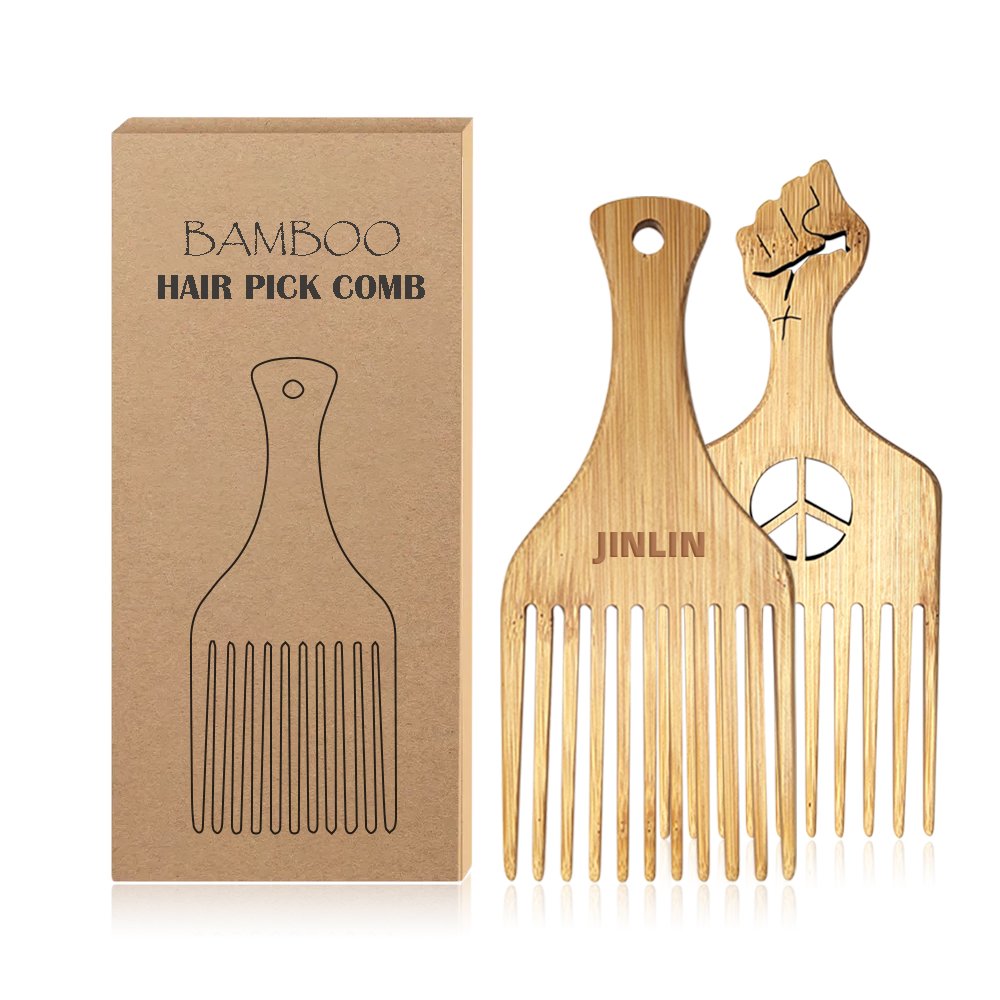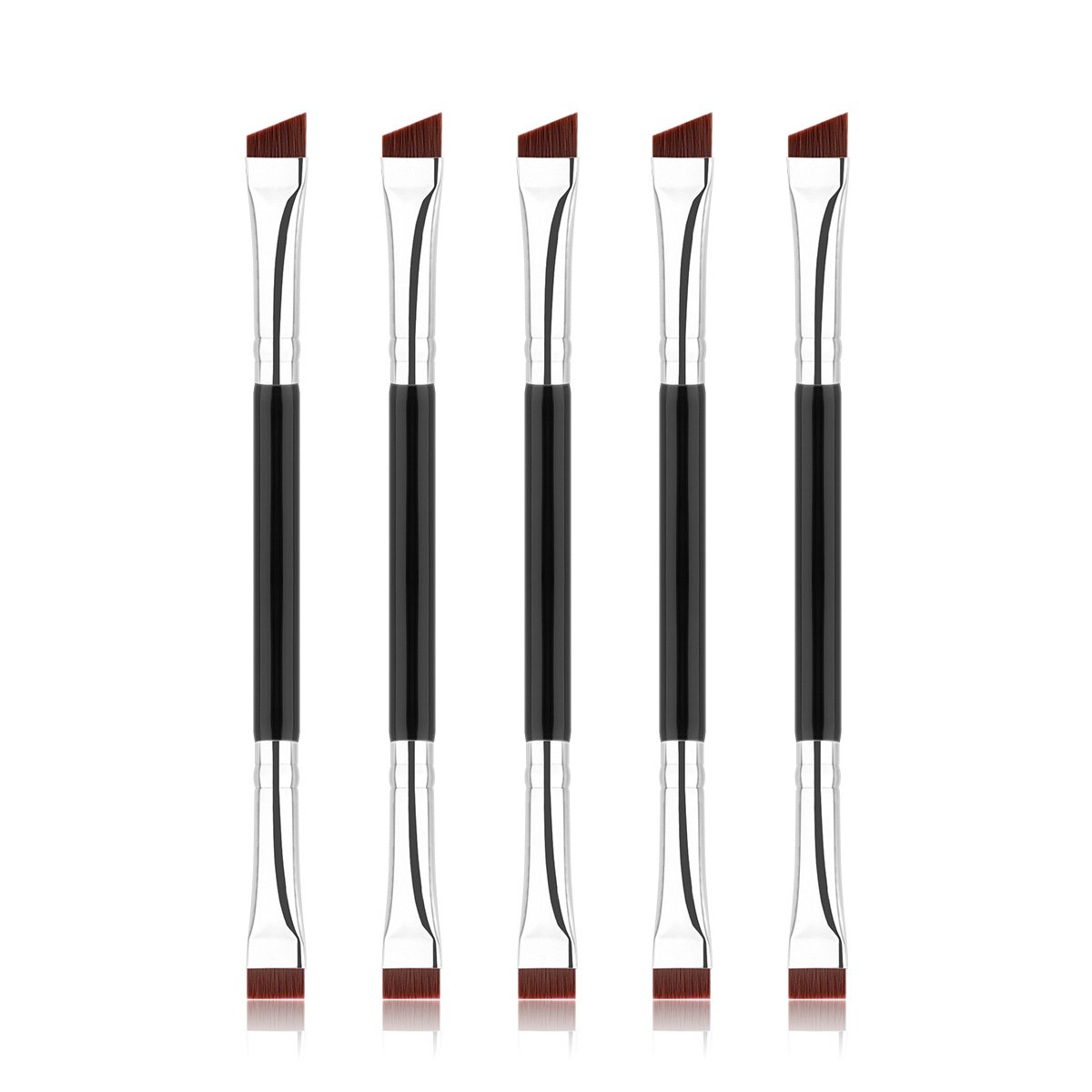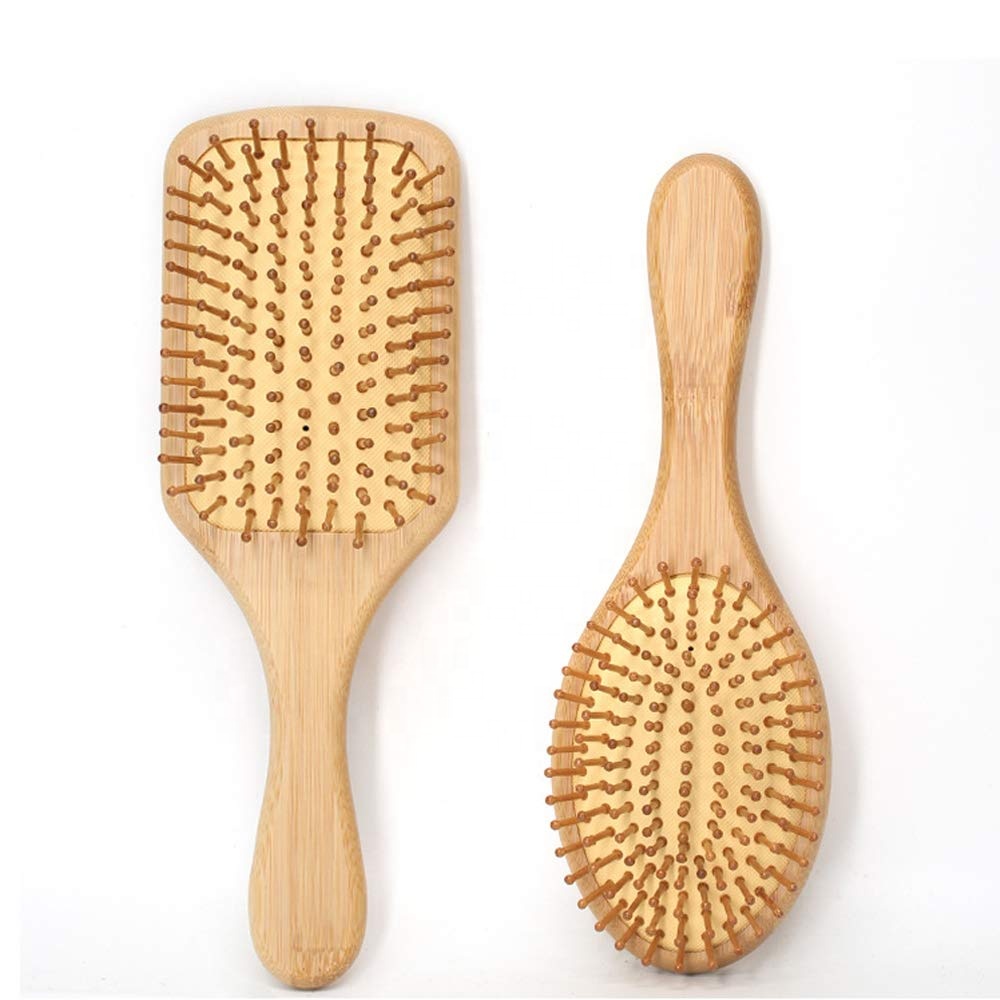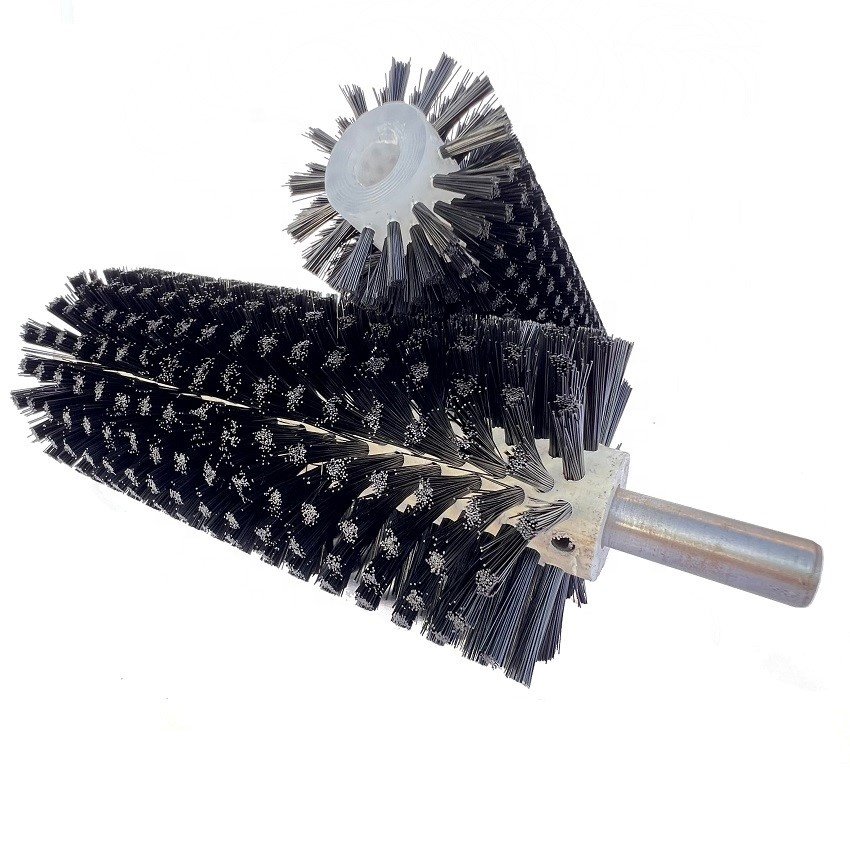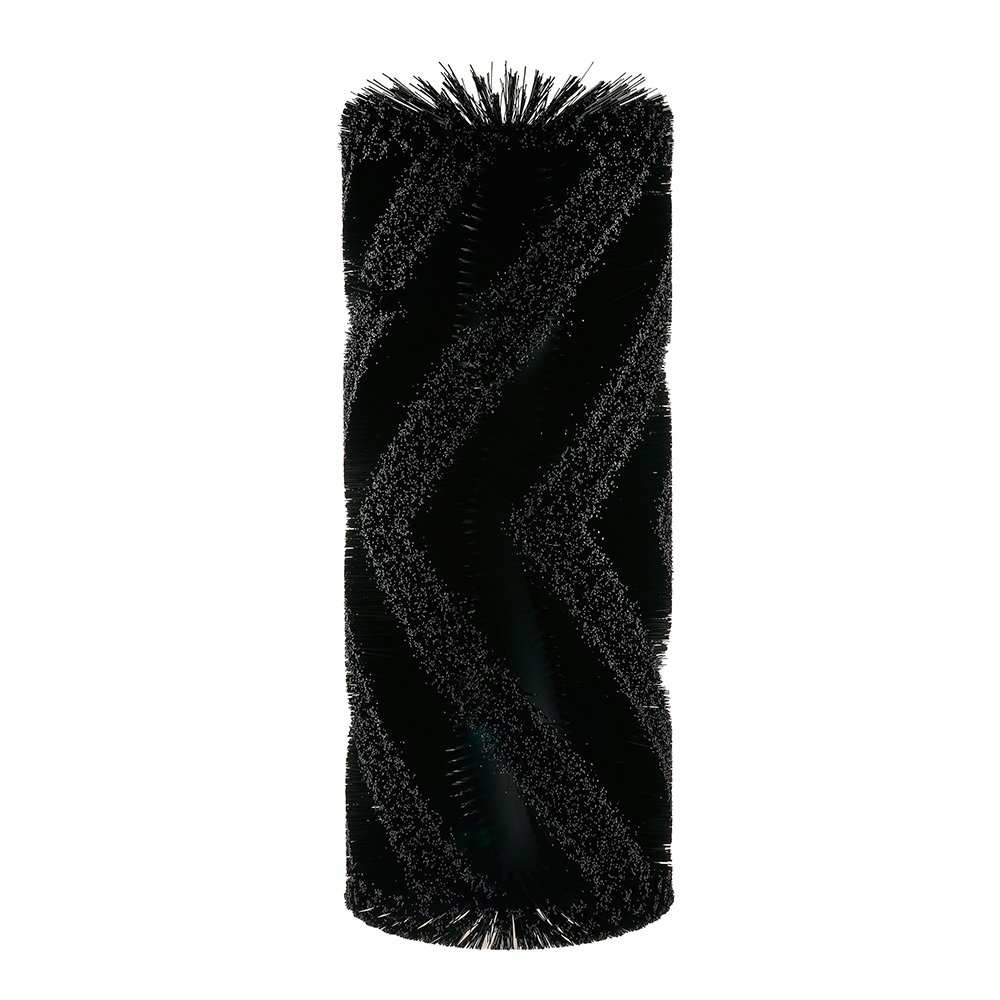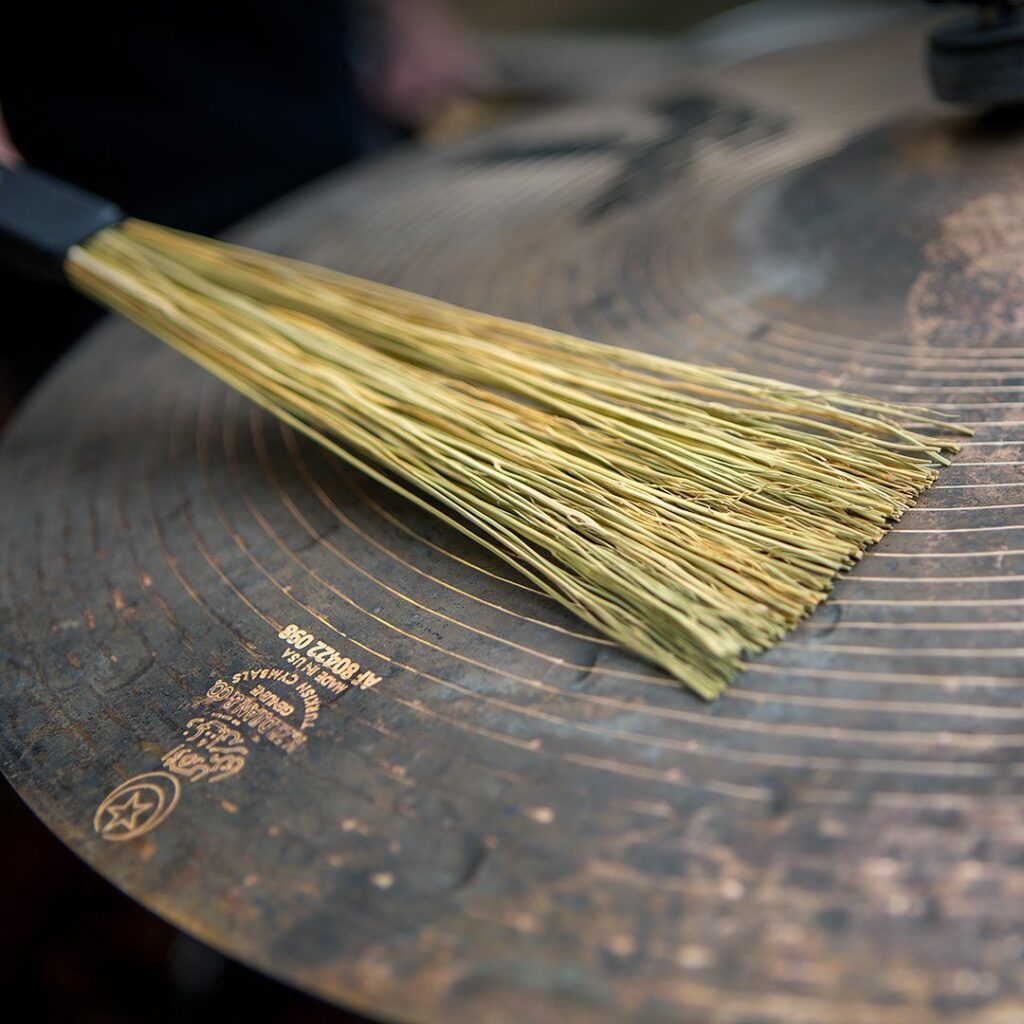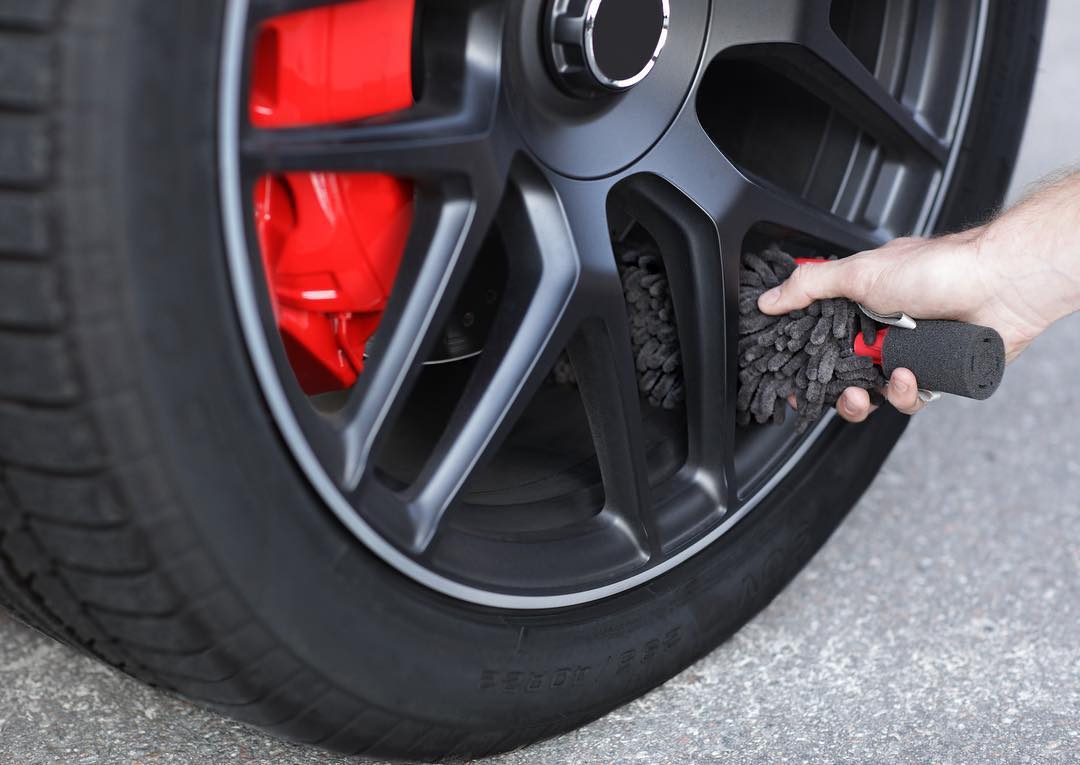Obsah
Wire wheel brushes are essential tools in industries such as metalworking, automotive repair, construction, and woodworking. Known for their ability to remove rust, paint, and debris, a wire wheel brush is an effective and efficient accessory when properly used. It consists of wire bristles mounted on a hub, and these bristles are available in various materials like carbon steel, stainless steel, brass, and bronze-coated wires. Understanding the correct application, handling techniques, and safety measures is critical for maximizing performance and avoiding injuries.
Types of Wire Wheel Brushes
Before using a wire wheel brush, it’s important to choose the right type for the task. There are several main types, each designed for specific applications and levels of intensity.
Crimped Wire Brushes
These brushes feature wavy or zigzagged wire bristles. They provide a more flexible brushing action and are ideal for light-duty tasks. Common uses include surface finishing, light deburring, and cleaning flat or contoured surfaces without damaging the workpiece. Their flexible nature helps prevent deep scratches or gouges.
Knotted Wire Brushes
Knotted wire brushes are more aggressive, with twisted or braided wire bristles. They are suitable for heavy-duty jobs such as removing rust, weld spatter, and thick scale from metal surfaces. Their rigid construction makes them ideal for preparing surfaces before welding and for cleaning weld seams.
Stringer Bead Brushes
Stringer bead brushes have tightly packed wire bristles that form a narrow, elongated shape. These are perfect for cleaning tight welds, corners, and edges. They’re commonly used in welding applications to remove slag and residue without damaging the weld itself.
Stem-Mounted Wire Brushes
These brushes are attached to a stem or shank and are used with drills or rotary tools. Their compact size and flexibility make them perfect for cleaning small, hard-to-reach areas. Applications include precision deburring, polishing, and surface conditioning in confined spaces.
Applications of Wire Wheel Brushes
Wire wheel brushes are multi-functional and can be applied in a variety of industries and tasks. Their adaptability makes them a valuable addition to any workshop.
Metalworking
In metal fabrication, wire wheel brushes are used to remove rust, scale, paint, and oxidation from surfaces. They are also used for blending welds, deburring sharp edges, and preparing metal surfaces for painting or coating.
Automotive Maintenance
Automotive technicians use wire wheel brushes to clean components such as brake calipers, engine blocks, and suspension systems. They can remove old gaskets, clean gasket surfaces, and eliminate carbon deposits and corrosion on engine parts.
Construction Work
In construction, wire wheel brushes are effective for cleaning masonry surfaces such as concrete, stone, and brick. They are also used to remove dried mortar, grout, and rust from steel frameworks and structural components.
Woodworking
Though less common, wire wheel brushes are used in woodworking to texture wood surfaces, remove glue, strip paint or varnish, and create a weathered, distressed look. Brass-bristled brushes are preferred to prevent scratching softer woods.
How to Use a Wire Wheel Brush Safely and Effectively
Using a wire wheel brush effectively involves more than attaching it to a power tool and turning it on. Proper technique, safety precautions, and the right brush selection are essential for success and safety.
1. Vyberte si správný štětec
Select a brush that suits your material and task. Use crimped brushes for light cleaning, knotted for tough rust removal, and stringer bead brushes for weld cleaning. Match the wire type to your workpiece—use stainless steel wire for stainless surfaces to prevent contamination.
2. Prepare the Workspace
Ensure your workspace is well-lit and free of flammable materials. Secure your workpiece using clamps or a vise to prevent movement during brushing. This also helps to maintain consistent pressure and reduce the risk of accidents.
3. Personal Protective Equipment (PPE)
Always wear safety goggles or a face shield to protect against flying bristles and debris. Gloves, long sleeves, and pants will help prevent injuries from sharp wires or metal fragments. A dust mask or respirator is also advisable when working with painted or rusted materials.
4. Operate at Safe Speeds
Do not exceed the maximum RPM rating specified by the brush manufacturer. Excessive speed can cause the brush to disintegrate or shed bristles, posing a serious safety risk. Always match your power tool’s speed setting to the brush specifications.
5. Use Controlled Pressure
Let the brush do the work. Applying excessive pressure can cause wire breakage and premature wear. Maintain light, even contact with the surface to ensure uniform cleaning without damaging the material.
6. Avoid Contact with Edges and Sharp Corners
Sudden contact with sharp corners or edges can catch the wire bristles, leading to kickback or disintegration. Use stringer bead brushes for detailed or tight areas to reduce the risk of snags and flying debris.
7. Maintain a Safe Distance
Never touch a rotating brush. Keep hands and body parts clear of the spinning tool. Always allow the brush to come to a complete stop before making adjustments or changing the workpiece.
Maintenance Tips for Wire Wheel Brushes
Proper maintenance extends the life of your wire wheel brush and ensures consistent performance. Here are some best practices to keep in mind:
Clean After Use
After every job, remove debris, grease, and dust from the brush using a wire cleaning brush or compressed air. This prevents build-up and corrosion on the wire bristles and hub.
Inspect Regularly
Before each use, inspect the brush for broken wires, cracks in the hub, or signs of wear. Replace brushes that have lost a significant amount of bristles or that are no longer balanced during rotation.
Store Properly
Store wire wheel brushes in a dry, dust-free environment. Keep them in their original packaging or in a tool drawer to protect the bristles from bending and contamination.
Avoid Moisture Exposure
Wire brushes, especially those made from carbon steel, can rust if stored in damp conditions. Use desiccants in storage areas or choose stainless steel wire brushes for humid environments.
Common Mistakes to Avoid
Using a wire wheel brush incorrectly can result in poor results, tool damage, or serious injury. Here are common mistakes to avoid:
- Using a worn-out or damaged brush.
- Exceeding the brush’s rated speed limit.
- Applying too much pressure or forcing the brush into the material.
- Using the wrong type of wire for the material being worked on.
- Neglecting safety equipment like goggles and gloves.
Závěr
Ten/Ta/To wire wheel brush is a powerful and versatile tool that plays a crucial role in various trades and projects. From cleaning rusted metal to blending weld seams and polishing hard-to-reach areas, this tool offers unmatched efficiency when used correctly. However, its effectiveness and safety heavily depend on proper brush selection, correct handling, and diligent maintenance.
By following the expert guidelines outlined here, you can extend the life of your wire wheel brush, achieve professional-quality results, and most importantly, work safely. Whether you’re a metal fabricator, automotive technician, woodworker, or DIY enthusiast, mastering the use of a wire wheel brush can significantly enhance your productivity and project outcomes.

